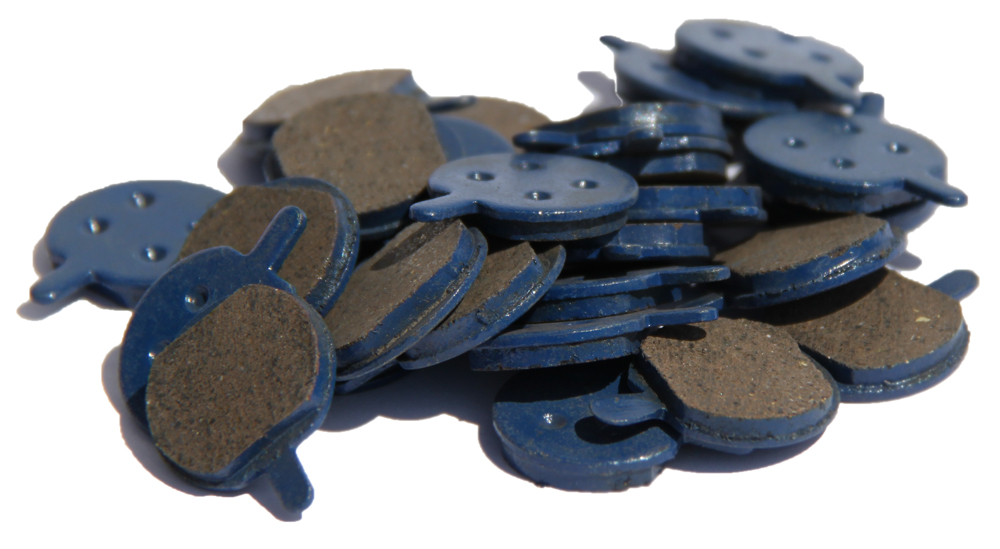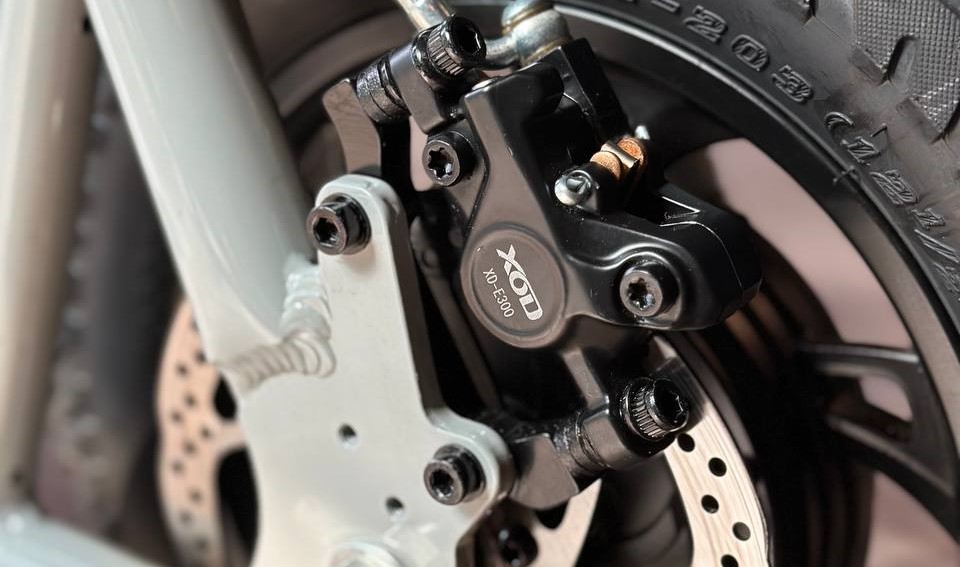
When it comes to electric scooters (escooters), one of the crucial elements contributing to their safe operation is braking performance. The science of braking is an intriguing amalgamation of physics and material science, and brake pad material is a critical factor influencing the braking abilities of escooters. In this detailed exploration, we will delve into how brake pad material directly affects escooter braking performance, unraveling the science behind it and its real-world implications.
Understanding Brake Pad Materials
Brake pads are instrumental in transforming kinetic energy into thermal energy, thereby slowing down or stopping an escooter. They play a pivotal role in providing the necessary friction to halt the rotating wheels. Brake pads are crafted from various materials, with each material offering distinctive characteristics that directly impact the performance of braking systems. Common brake pad materials include ceramic, semi-metallic, and organic compounds.
Influence of Material on Braking Performance
The choice of brake pad material greatly influences the braking performance of an escooter. Ceramic brake pads are known for their durability and low dust production, providing consistent braking performance in diverse conditions. On the other hand, semi-metallic brake pads exhibit enhanced heat dissipation, making them suitable for heavy braking scenarios. Organic compound brake pads, derived from non-metallic materials like rubber, kevlar, and glass, are celebrated for their quieter operation and mild performance characteristics, making them a popular choice for everyday commuting.
Real-world Implications

The type of brake pad material selected for an escooter has tangible effects on riders’ safety and overall user experience. Highly responsive ceramic brake pads may excel in urban settings, where frequent stops are common, while semi-metallic pads may be favored for escooters designed for more robust performance. Organic compound brake pads, with their emphasis on quiet operation and smooth braking, are well-suited for leisurely rides. However, it is pivotal to match the material properties with the intended usage to ensure desired braking performance and longevity.
Conclusion: Unveiling the Art and Science of Effective Escooter Braking
In conclusion, the science behind brake pad material is a key determinant of escooter braking performance, reflecting the intricate interplay between engineering, materials science, and user needs. Understanding the nuances of brake pad materials empowers escooter enthusiasts and manufacturers to make informed decisions that optimize safety, ride quality, and longevity. As the demand for escooters continues to grow, the significance of brake pad material in achieving superior braking performance cannot be overstated.

This explanation is easy to understand and shows the writer really knows their stuff about escooters. I’ve been using my sister’s escooter and this info is relevant!
Hi Jacy, we’re glad you found the explanation helpful and relatable to your experience with your sister’s escooter. If you have any questions or need further clarification, feel free to reach out to us at [email protected] or +60 3-7890 3042. We’re always here to assist you. Best regards, Eko Life Malaysia
Never thought about the safety aspect of escooter brakes. Makes sense now to consider material type for smooth rides.
Hi Fidzy Tan Chun Kiat, we’re glad you found the information on escooter brake safety enlightening! At Eko Life Malaysia, we prioritize rider safety and emphasize the importance of choosing the right brake pad material for your electric scooter. Our team is committed to providing top-notch servicing and professional advice to ensure a smooth ride. If you have any further questions or concerns, please don’t hesitate to contact us at [email protected] or +60 3-7890 3042. We’re always here to help.
Wow, the use of organic compounds in brake pads? That’s new knowledge to me. Definitely need to check if my escooter’s brake pads are made from this.
Hi Sasha, thank you for your interest in learning more about brake pads on e-scooters! At Eko Life Malaysia, we specialize in providing professional servicing for e-scooters, including brake pad checks and replacements. If you’re concerned about the material of your e-scooter’s brake pads, feel free to contact us at [email protected] or +60 3-7890 3042 to schedule an appointment. Our team will be happy to help you with any questions or concerns you may have.